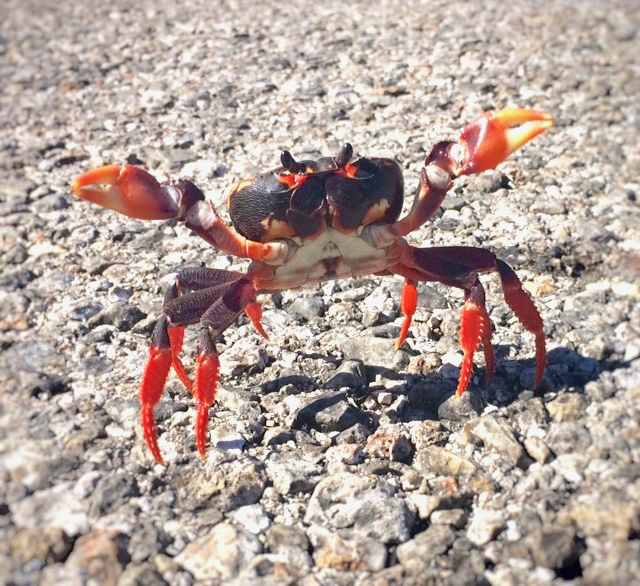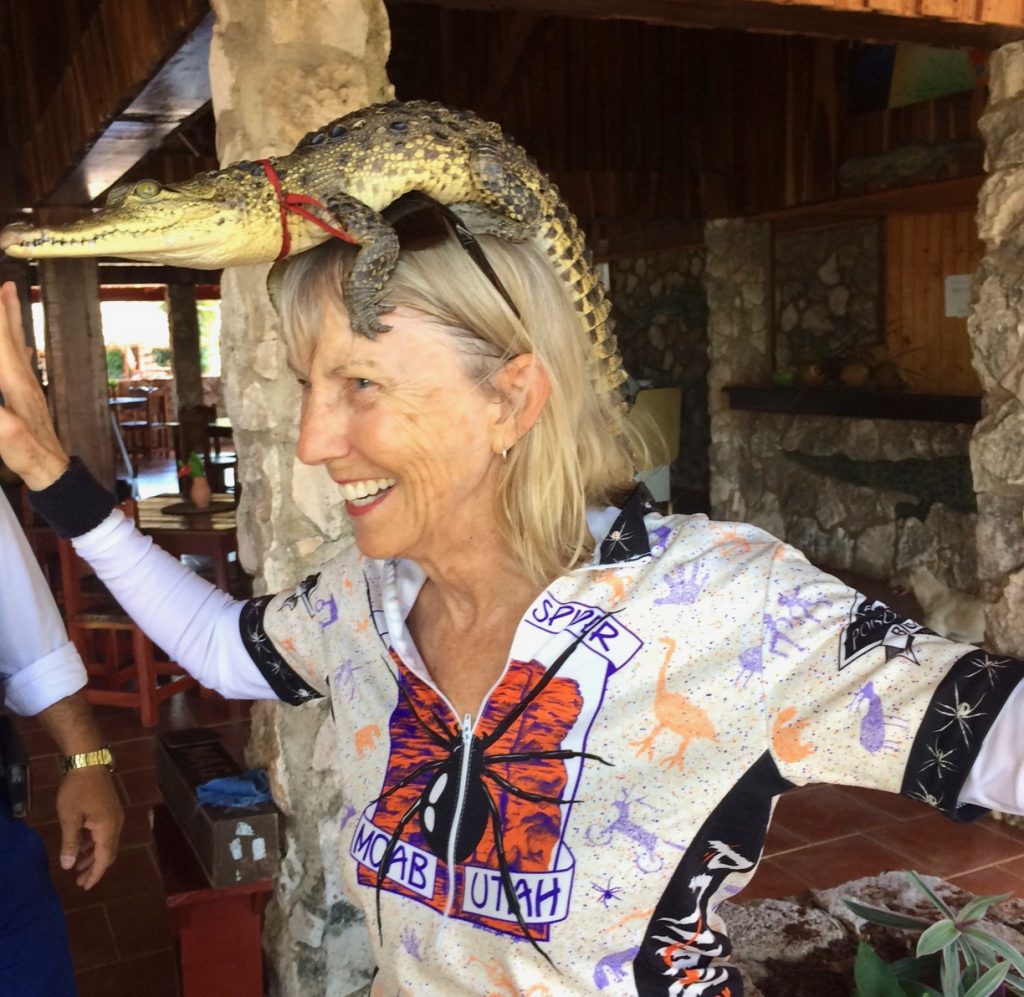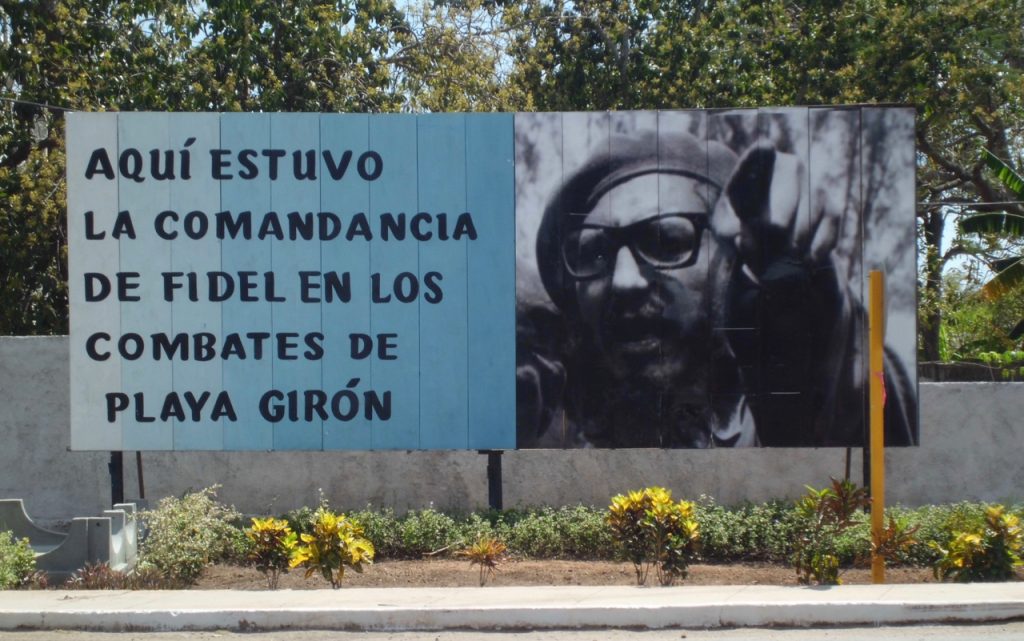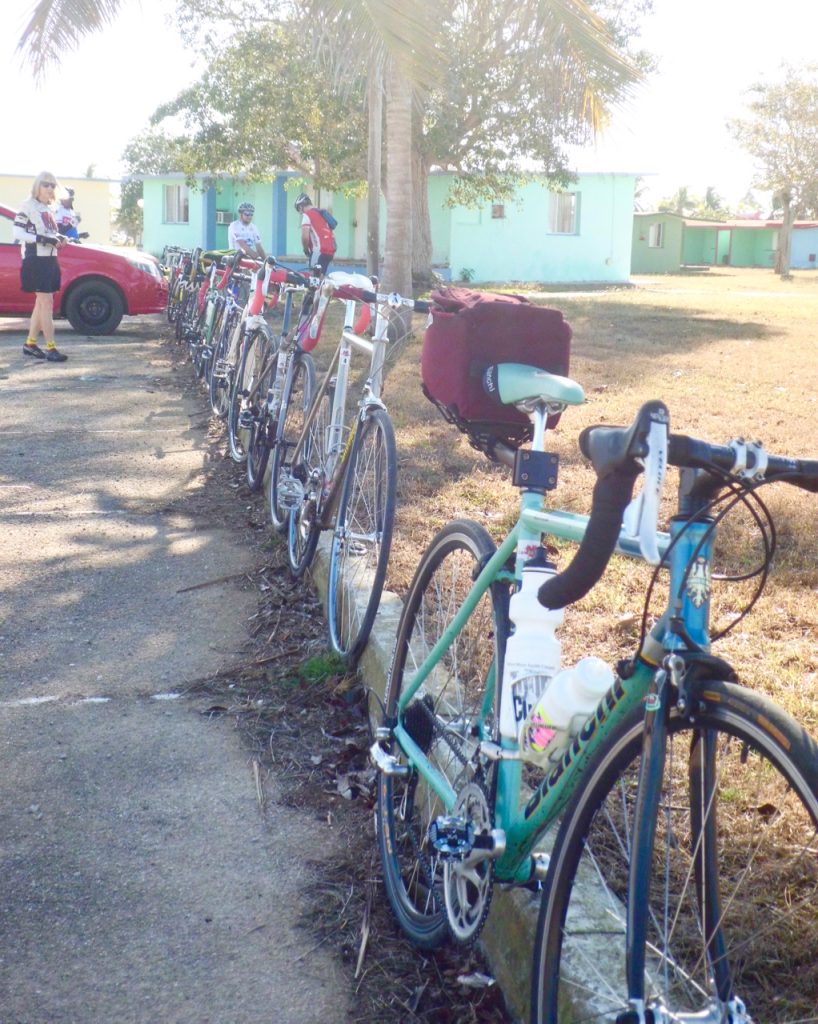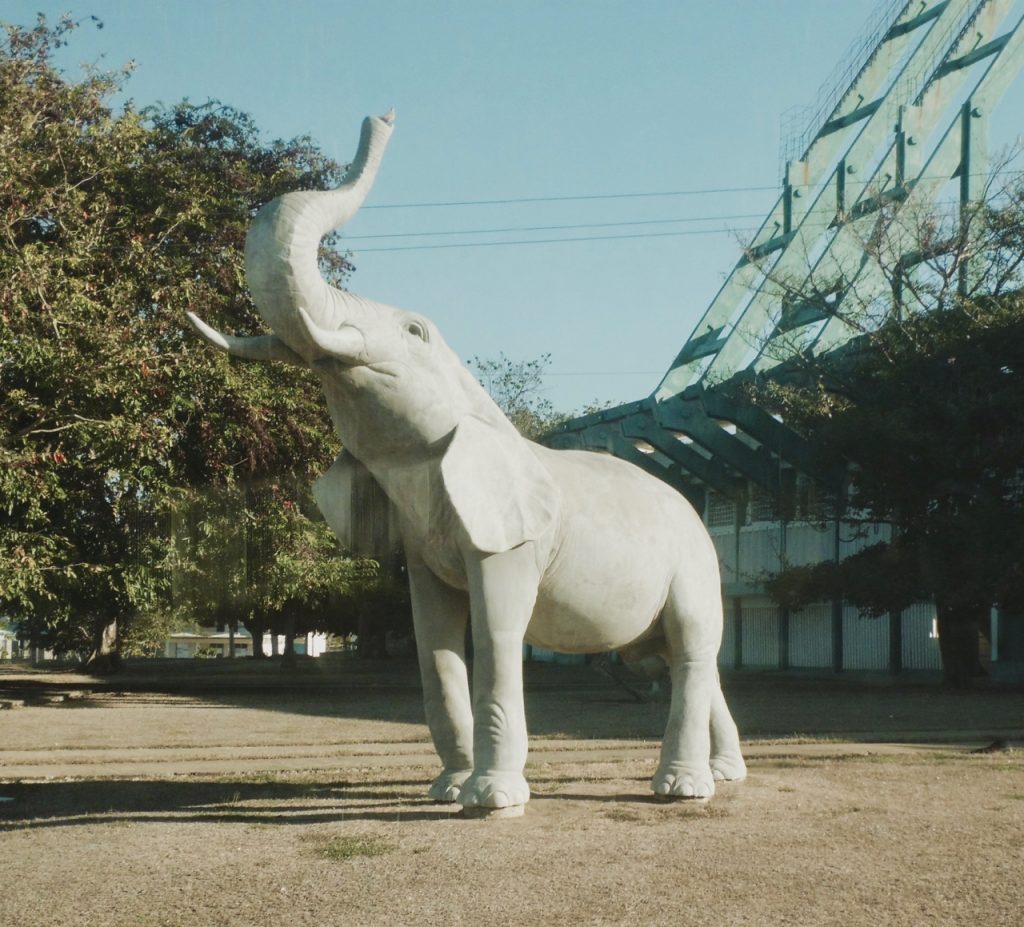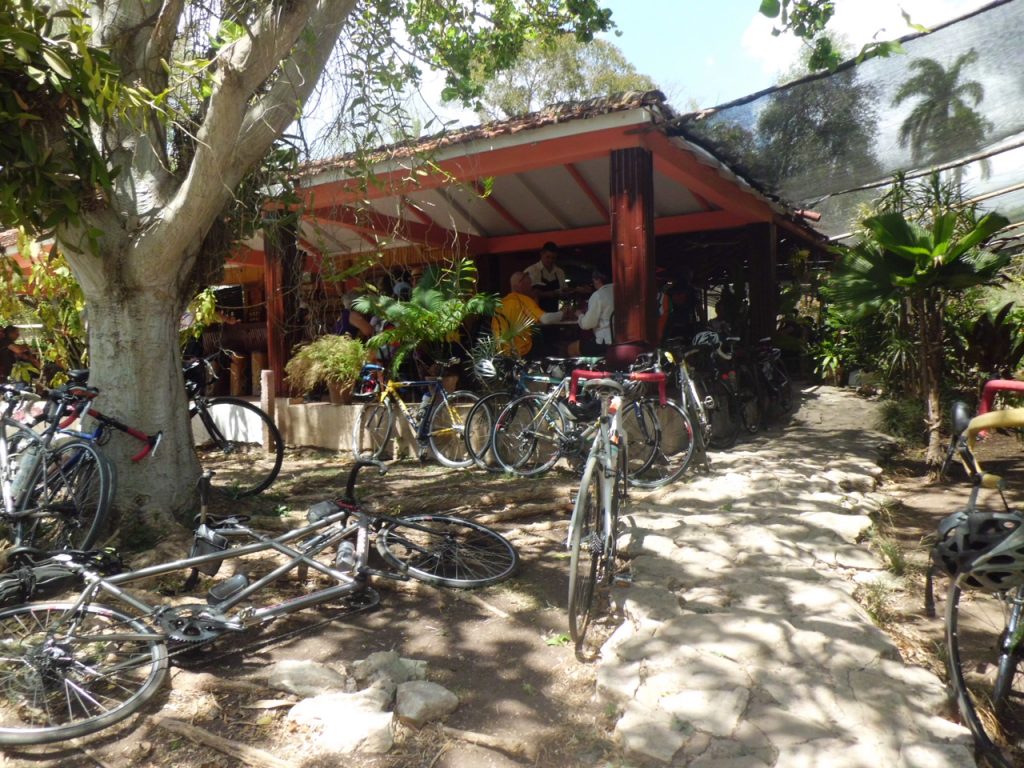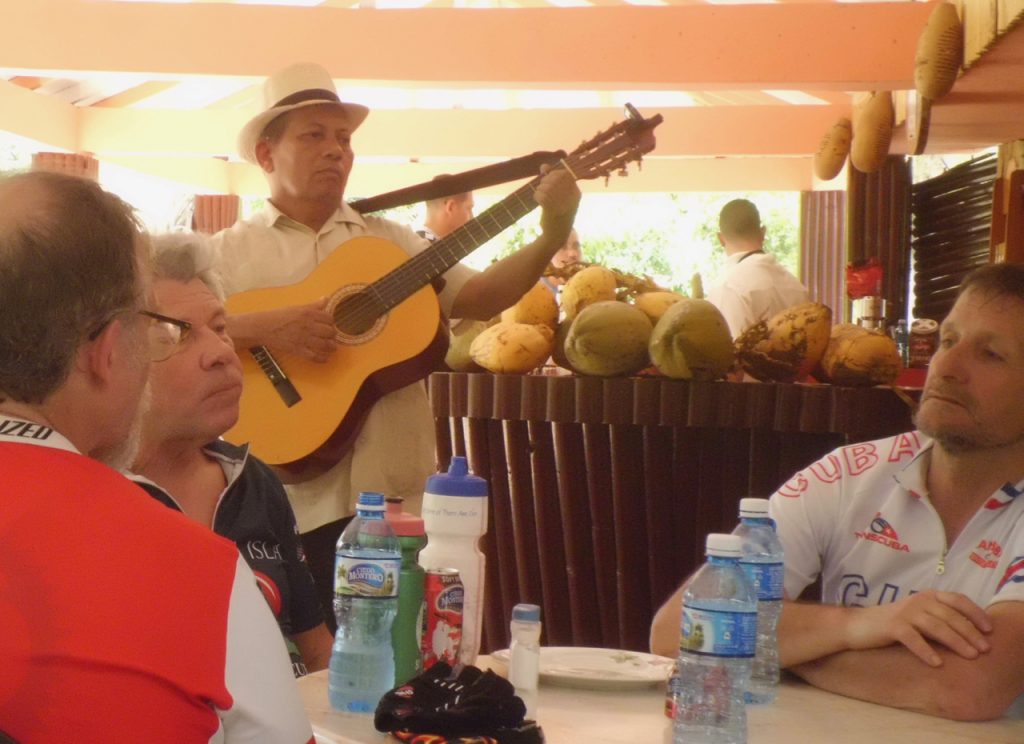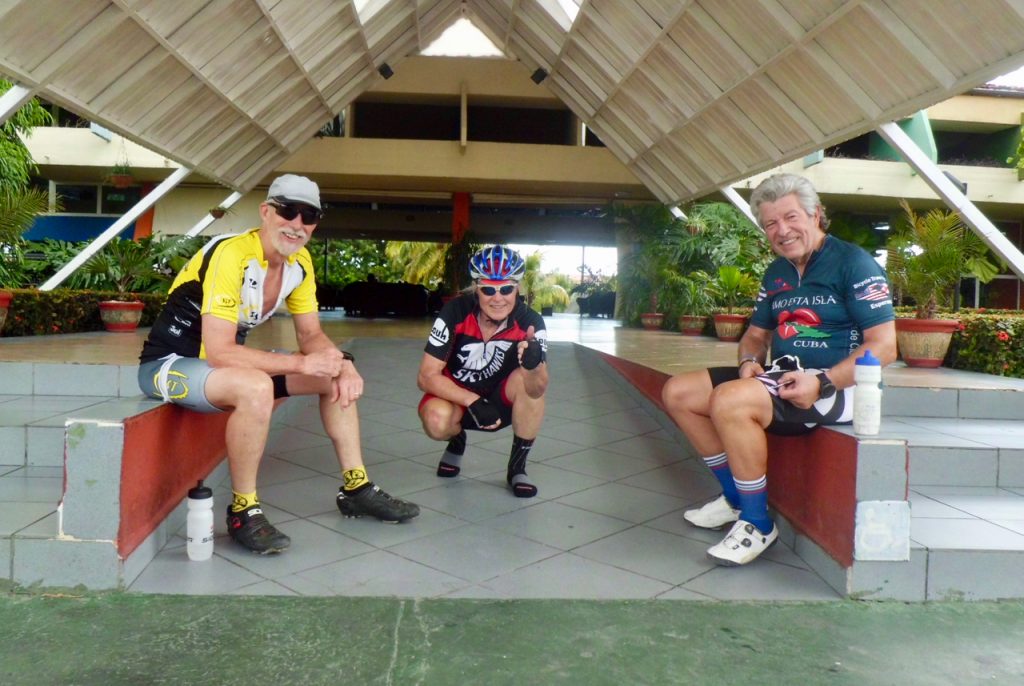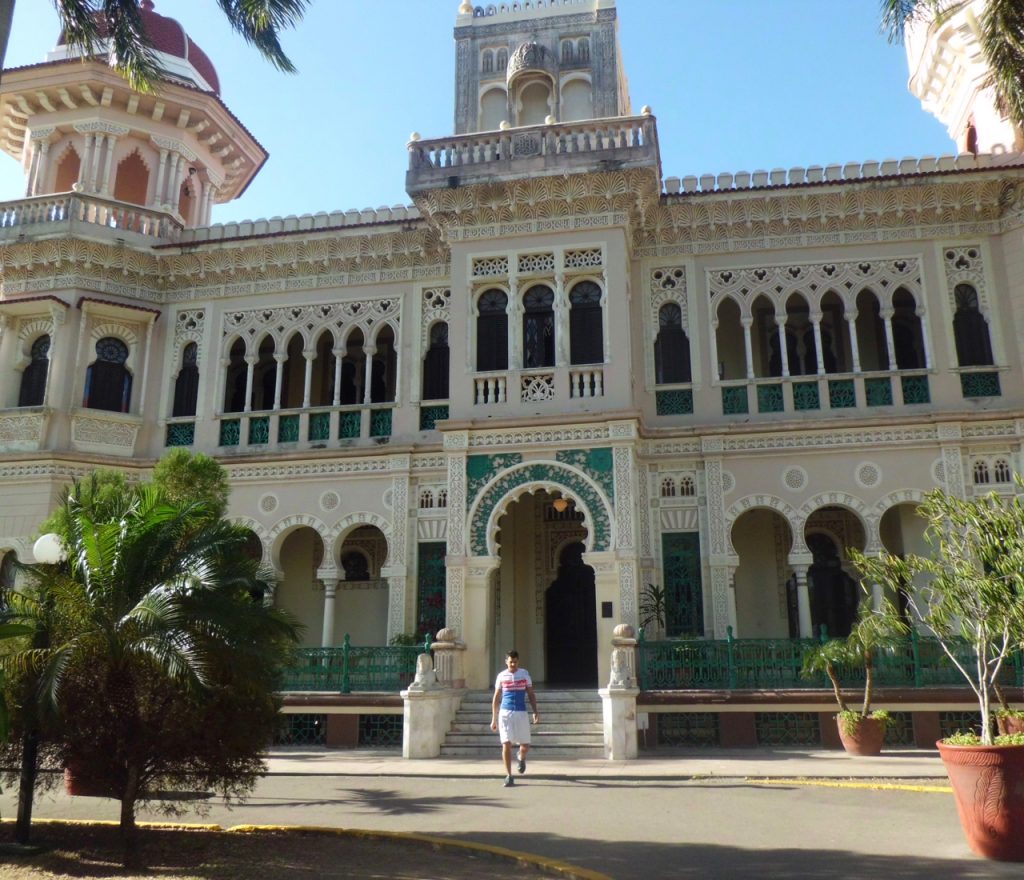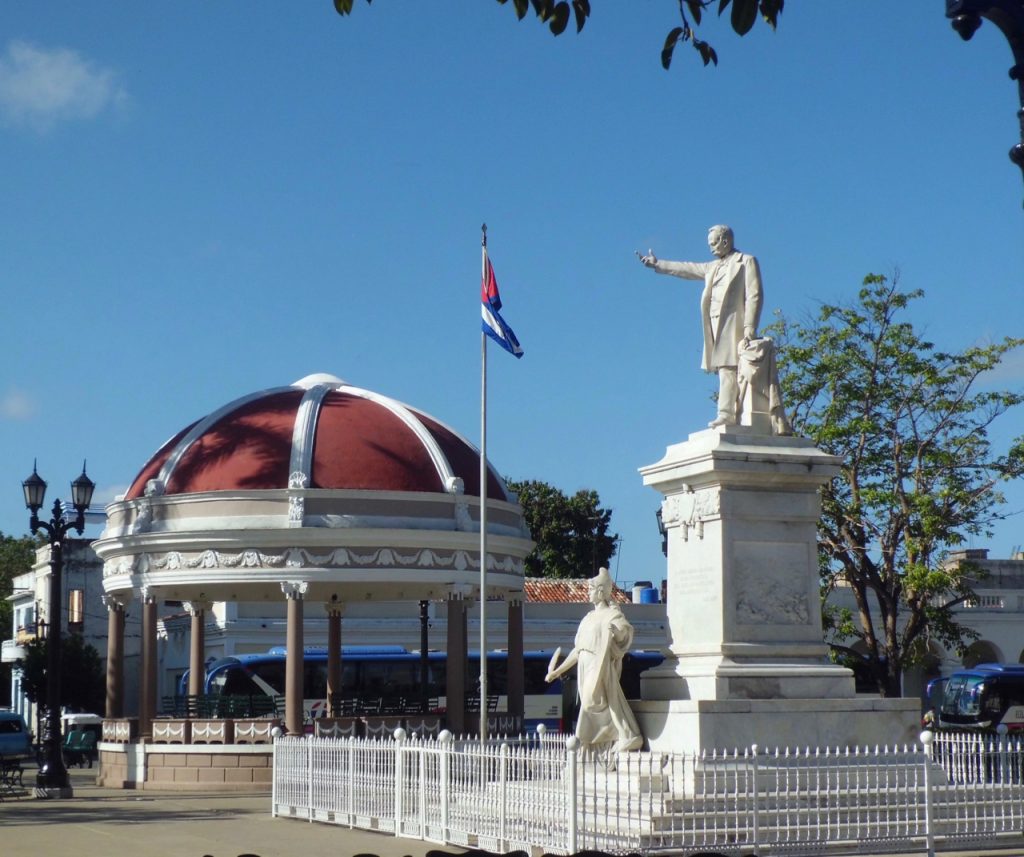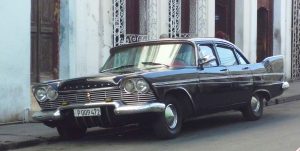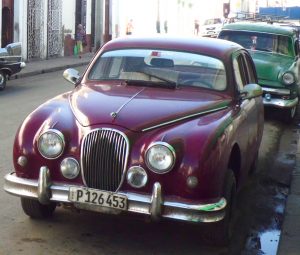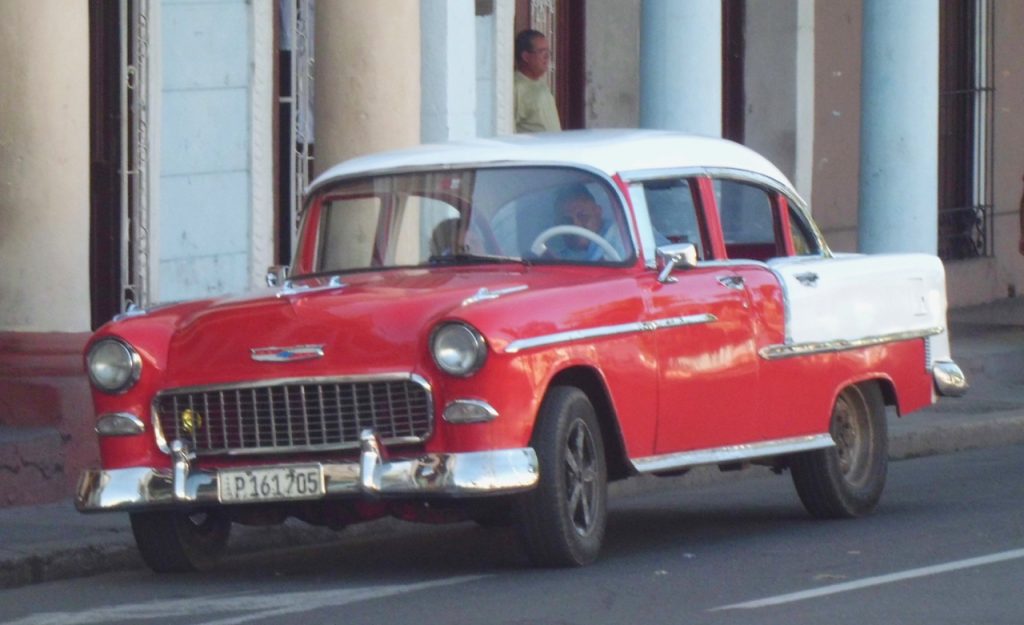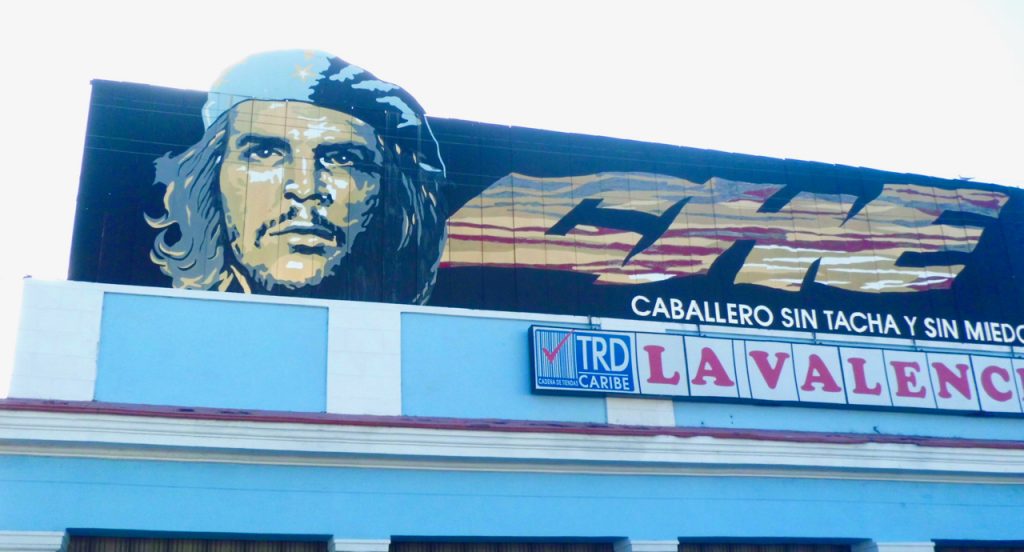I’m altering my training plan in deference to the increasing need for recovery as I get older. Without knowing what the best approach might be, I started out by putting myself on a 10 day, rather than a 7 day cycle for bike training. Meaning, I would do over a ten-day period the same number of workouts I had been doing in a weeks time. I kept up my on-going run frequency project, trying to get 100 runs in 100 days, which started Sept. 2nd.
I sent a note to my coach after the first four weeks of this, as follows… [edited for clarity]
One month update on the OF (Old Folks/Old Farts/Old Fogies/etc.) cycle for the OS (OutSeason): I felt a little frisky in weeks 2&3, so I did a VO2 (very high intensity, short 1 minute intervals) and FTP (High intensity, 5-10 minute intervals) in each of those weeks, more like a 7 day cycle. That proved too much for me by this week (#4). So: ten days between each VO2 and FTP session may be too long, 7 days is for sure too frequent, next month I will try a 9/8 day cycle. I’m on day 84 of a run streak with 28-32 miles a week. My macro cycle for the current trimester:
- Five weeks OS, ski two weeks (continue running 2-3 miles daily)
- Four weeks OS, ski two weeks (no running)
- Four weeks OS, Ski 2-3 weeks, (no running)
Then I have four weeks before Mallorca camp [a week long Endurance Nation training camp on the Spanish Island]. Not sure what specific triathlon training I’ll do during that time.
And he answered back…
This was good coaching, as it got me thinking about just what I should be doing going forward. I concluded thusly:
1. Metric for fine tuning OS bike workout frequency is “by feel”, which includes the following
- Weight gain/loss, along with hydration status as measured by body water % on Tanita. Wt loss, lower H2O % a sign of over training.
- Sleep…baseline is about 7 hr 15 minutes. E.g., last night, after an 85-minute FTP workout, I slept 8 hrs, 10′, confirming that today is not a day for a hard workout. I don’t use an alarm clock, never did even when working.
- Subjective sense of heaviness or fatigue in my legs. Or worse, total body fatigue. I have neither today, a sign my schedule is probably right.
- Two signs I’m trying to do too much/too soon: I get grumpy, short with my wife; and the ultimate, I get on the bike, and after a warm-up, find I don’t have the motivation or feeling of strength to do the work. That happened once this month when I was at the end of a week of trying to do 4 cycling workouts.
In the OS, I find PMC (a standard method of charting on-going and chronic work over the past 1-6 weeks) metrics to be insufficient. My Training Stress Balance can be even, or positive, and I’m still trashed, unlike InSeason, when I can handle minus 20, 30, 40 and more just fine for up to a week or so. “Not all Training Stress Scores are created equal”
2. VO2 & FTP blocks. Good idea…I will shoot for 6 FTP sessions between Dec 17-Jan 17, and maybe 1-2 VO2 if it looks like I can handle them, along with Saturday EN Zwifting. Past 4-5 weeks, I’ve done twice as much VO2 as FTP, and it shows in how “easy” that VO2 feels now.
2A. For running, I had a good Turkey Trot, nice and hard/fast, with no repercussions, and I will be completing 100 runs in 100 Days about Dec 10. So I will swing into following the OS running plan level 3 the next 4.5 week block surrounding the holidays with a solid VDOT (a measure of running ability). Which, BTW, had fallen, as the research predicts it should, over the past 10 years. On the s ame course, in 2007, I went 20:23; this year, 22:03. Next 5K is New Year’s day, when I went 20:08 1/1/08. Goal 1/1/2018: 21:50, 45 VDOT, To go with the 3.67 w/kg (ability measure for cycling) I’m aiming for (3.45 now). I think that ought to be pretty competitive for 69 year-old, if I can train and race to those levels over 5-12 hours.
3. Last year, my cycling schedule Mar-Sept resulted in FTP increase and improved ability to go long as well as fast (40-120 km bike legs), so I feel comfortable that emphasizing 2-4 hour hard steady rides will produce the race results I’m looking for. Inserting KOM type sprints into group rides will probably be all the HIIT (High Intensity Interval Training I’ll need or want.

